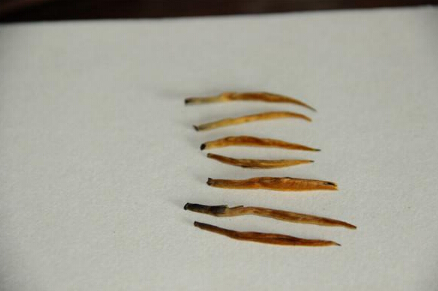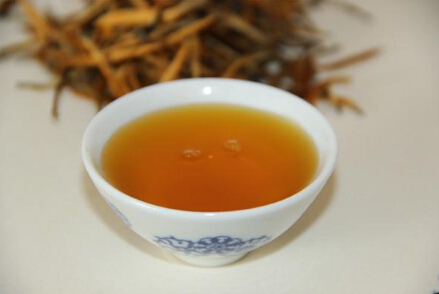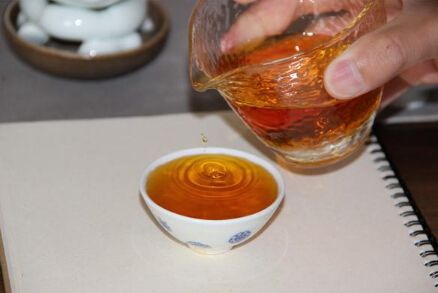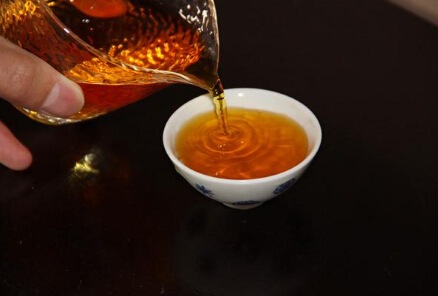
Discussing tea often begins with observing its appearance, color, and aroma, especially when purchasing at a tea shop. Many people can be easily misled by the elegant tea-brewing skills of the staff, forgetting their original purpose of buying good tea. A true expert would begin by explaining the tea leaves production process, revealing what makes a truly high-quality tea.
Black tea production generally involves four steps: withering, rolling, fermentation, and drying. Though seemingly simple, the same tea leaves can yield vastly different flavors depending on the producer. The key lies in mastering the nuances of each step—timing and technique are crucial. Just as a good principal ensures a good school, a skilled tea master is essential for producing excellent tea. The same leaves, handled by different masters, can result in entirely different outcomes and prices.

Withering is the first step. Many large factories use withering troughs for efficiency, while smaller ones may sun-dry the leaves to cut costs. The best method, however, is to evenly spread the leaves on bamboo trays in a controlled environment, adjusting humidity manually. Withering time must be precise: too short, and the tea tastes grassy; too long, and it develops a musty odor. Uniform, young, and tender leaves wither more evenly.

Rolling shapes the tea. Proper technique ensures small, glossy, and uniform leaves with minimal breakage. Fermentation, whether wet (steam) or dry (heat), requires precise timing. Under-fermented tea tastes astringent; over-fermented tea smells spoiled. This step tests the tea master's skill the most.

Drying occurs in two stages: initial drying and aroma enhancement. Even heat is critical—too high, and the tea tastes burnt; too low, and the aroma fades. Properly dried tea retains its flavor longer. Finally, inspect the brewed leaves: uniform color, intact leaves, and minimal debris indicate quality.
